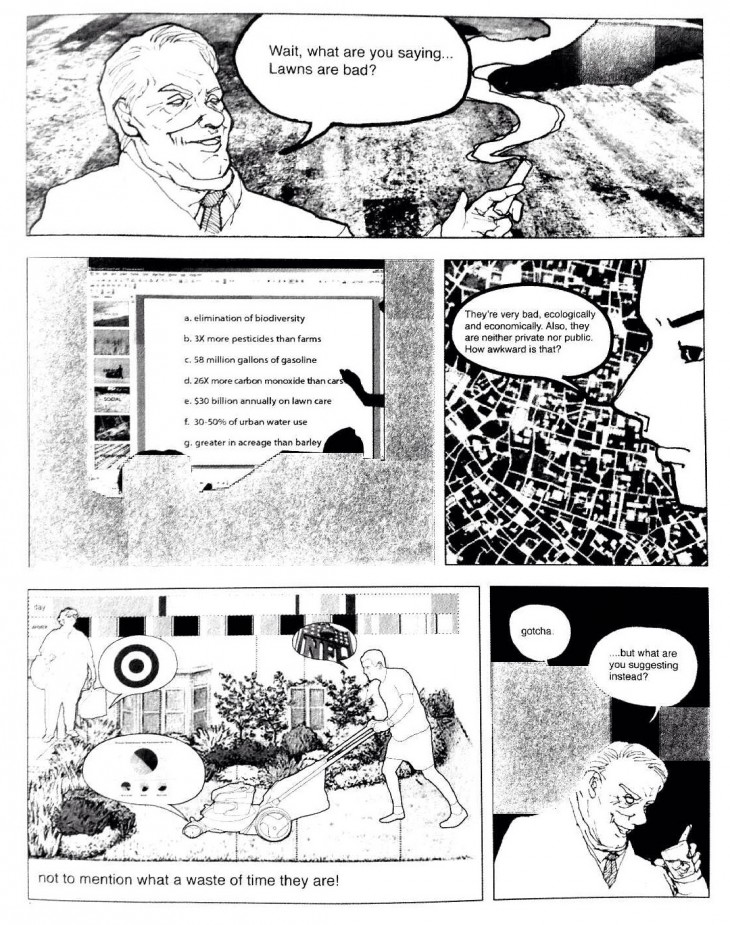Sustainability’s Main Players
- – - – - – - – - – - – - – - – - – - – - – - – - – - –
There is no doubt whatever about the influence of architecture and structure upon human character and action. We make our buildings and afterwards they make us. They regulate the course of our lives.
- Winston Churchill, addressing the English Architectural Association, 1924- – - – - – - – - - - – - – - – - – - – - – - – - – - – - – - – - – - – - -
ARCHITECTURE & HAPPINESS – Within and between
“Space is no longer the container, the frame or the context of social processes but a social process in itself.” Henry Lefebvre
As a student of architecture, I find extremely interesting the title of this article, probably an “evergreen” in the various thoughts and past architectural credo, but also one of the goals of those belonging to this century.
In this article I would like to mention and tell what is happening in the last few years, in the city where I have grown culturally and “architecturally”: Rome.
Vancouverism and Regime Theory – A Model for Sustainable Development
For this assignment I will be focusing on the urban development of my hometown of Vancouver, which has long been hailed as a model city for urban planning, regeneration, and integrative design and development despite its young age. The driving force of the transformation of Vancouver’s core and current development must be played down to planning values and public policy interventions. The divergence of various actors over issues of urban structure, land use, social class, and cultural & political values amongst others, has been an established element of Vancouver’s heralded transparent and all-encompassing ‘bottom-up’ approach to planning.
Be aware of the impact that our designs cause to our living environment
As a Civil Engineer and MAA student I think that a project needs to be studied from the sum of all of it´s parts so that it can become a whole. Our role is to design according to the necessities of the environment and space that we are about to transform, not just by changing it, but by creating a better place for the users, without affecting the environment itself.
While designing a new project or development we have to think of how it will affect the environment in which we live. Changing the environment doesn’t necessarily mean to damage it, and this is the most important assignment of the constructor, think in terms of social welfare and positive impacts without letting aside the economic viability of the project.
I think that we could achieve this by combining the fast and slow thinking process that Daniel Kahneman presented. The fast thinking helps us take decisions regarding to our professional and personal life experiences, getting to simple and logical conclusions, while the slow thinking let us submerge into a more profound analysis of the problems that are presented to us during all the stages of the design and construction of a project.


